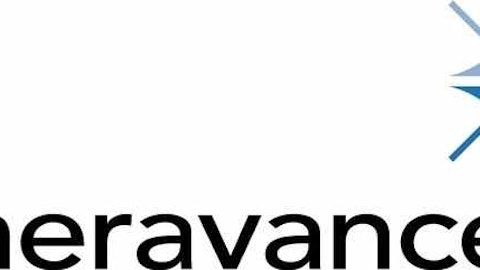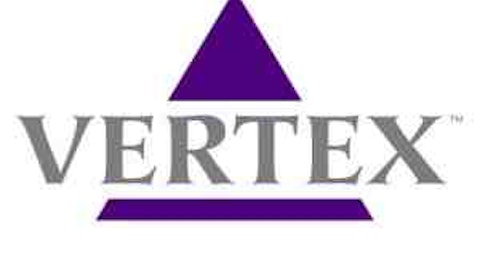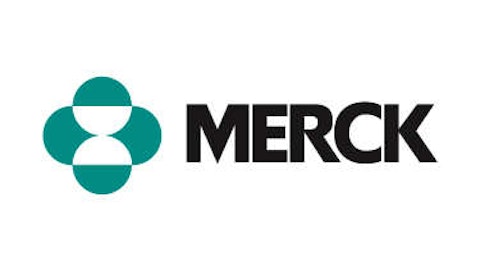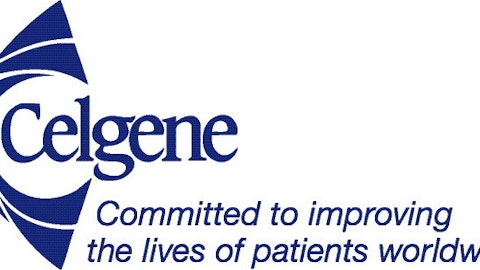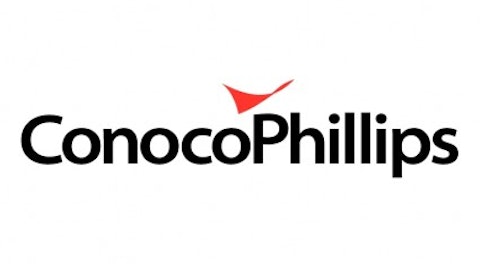AstraZeneca plc (ADR) (NYSE:AZN) may have missed out on acquiring the oncology platform of Onyx Pharmaceuticals, but it responded by pulling the trigger on a $500 million deal for Amplimmune. The buyout gives MedImmune, the global biologics arm of AstraZeneca plc (ADR) (NYSE:AZN), access to several early stage immune-meditated cancer therapy, or IMT-C, products.
Let’s be clear: Amplimmune is a far cry from Onyx from a development standpoint and won’t have anywhere near the same immediate impact. However, the company’s drug development platform specializes in treating the B7 pathway and, most importantly, the PD-1 pathway. Can this deal be bigger than Onyx in the long run?
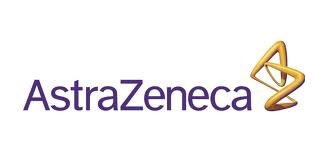
You may remember that one of the biggest stories at ASCO this year was the arrival of PD-1 cancer immunotherapies. The monoclonal antibodies remove a defense mechanism tumor cells use to hide from the immune system, which allow patients to fight cancer with better results in a shorter period of time. The class of drugs could be used in a wide-range of cancers — further enhancing their potential value for companies and their shareholders.
Bristol Myers Squibb Co. (NYSE:BMY) announced amazing data from its phase 1 trial of nivolumab in combination with its melanoma drug Yervoy in patients with advanced melanoma. The combination achieved a response rate of 53% with those patients achieving tumor shrinkage of more than 80% in just 12 weeks. A report released by GlobalData believes the combination therapy could generate $1.75 billion in revenue by 2022 from non-small cell lung cancer alone, assuming approval as a first-line and second-line treatment. That would have made up 10% of the company’s total 2012 sales.
Not to be outdone at ASCO, Merck & Co., Inc. (NYSE:MRK) presented data from its PD-1 drug, lambrolizumab, which achieved a response rate of 52%. Late-stage clinical trials are launching this quarter evaluating the drug in melanoma and non-small cell lung cancer. Despite the increased attention being paid to Bristol Myers Squibb Co. (NYSE:BMY)’s combination therapy, Merck & Co., Inc. (NYSE:MRK) did gain the coveted breakthrough therapy designation for its monotherapy. That means data from a 500 patient phase 2 trial could be enough to gain approval before results from late-stage trials roll in.
Roche Holding Ltd. (ADR) (OTCMKTS:RHHBY) is next on the list with its early stage drug candidate MPDL320A, although it targets only the PD-L1 protein. The company believes the drug could be safer than other PD-1 therapies being developed because it spares the PD-L2 receptor, which is found on healthy cells and may cause lung inflammation as a side effect. Roche Holding Ltd. (ADR) (OTCMKTS:RHHBY) seems to be in third place in the race thus far, but if advantages in selectivity pan out it could get the last laugh in the race to market a wildly successful PD-1 therapy.

Although Bristol Myers Squibb Co. (NYSE:BMY) may have an advantage due to its combination with Yervoy, all trials conducted to date have been relatively small. For instance, Roche Holding Ltd. (ADR) (OTCMKTS:RHHBY) was just leaving phase 1 dosing trials this spring. Still, if larger trials give comparable data then PD-1 immunotherapies certainly look like the next blockbuster class of oncology drugs.
AstraZeneca enters the race
OK, so where am I going with this? Amplimmune’s IMT-C platform develops drugs that work in a very similar way to PD-1 drugs. In fact, its most-promising drug candidate, AMP-514, is a PD-1 monoclonal antibody that should have an investigational new drug application filed this year. Thanks to ASCO, all of the news surrounding the class of drugs revolves around oncology indications, but applications also include inflammatory diseases and chronic infections.

Source: Amplimmune.
Any one of these three biologics has the potential to could become a blockbuster. If that were to happen, AstraZeneca plc (ADR) (NYSE:AZN)’s $275 million in milestone payments (included in the $500 million price tag) would be a steal. Consider that Amgen, Inc. (NASDAQ:AMGN) purchased Onyx for $9.7 billion — 19 times as much as Amplimmune — to get its hands on Kyprolis, which could eventually generate up to $2.2 billion in annual sales. The drug is on pace to bring in about $250 million to $300 million in 2013, so there is quite a way to go.
Nonetheless, let’s say that sales do ramp to more than $2 billion at their peak and assume that AstraZeneca plc (ADR) (NYSE:AZN) pays an additional $1 billion developing each of these three drugs. Amgen, Inc. (NASDAQ:AMGN) would have paid $9.7 billion for Onyx and AstraZeneca would end up paying $3.5 billion for three early stage, next-generation drugs. Even assuming only one makes it to market and becomes a blockbuster, I think a solid argument can be made in favor of AstraZeneca plc (ADR) (NYSE:AZN)’s deal over Amgen, Inc. (NASDAQ:AMGN)’s. The former just has a more laborious road ahead of it.
Foolish bottom line
Given the abysmal rates of success for pipeline drugs investors have to consider that the company rolled the dice on an extremely risky bet, albeit for a relatively cheap $500 million (cash on hand at the end of 2Q13 tallied $9 billion). In addition, even in a best-case scenario AstraZeneca plc (ADR) (NYSE:AZN) may become the fourth company to get a PD-1 therapy approved, although it could target cancers other than advanced melanoma — perhaps a smart move given the high bar seemingly set by competing therapies. However, if the PD-1 pathway proves to be an effective way to supercharge the body’s immune system, then the company could be looking at billions of dollars in annual revenue potential in the long term. That would make it a more efficient and lucrative buy than Onyx and serve as yet another example of why it pays to take a long-term approach with your investments.
The article Is AstraZeneca’s Recent Acquisition Bigger Than Onyx? originally appeared on Fool.com and is written by Maxx Chatsko.
Fool contributor Maxx Chatsko has no position in any stocks mentioned. Check out his personal portfolio or his CAPS page, or follow him on Twitter, @BlacknGoldFool, to keep up with his writing on energy, bioprocessing, and biotechnology.The Motley Fool has no position in any of the stocks mentioned.
Copyright © 1995 – 2013 The Motley Fool, LLC. All rights reserved. The Motley Fool has a disclosure policy.

